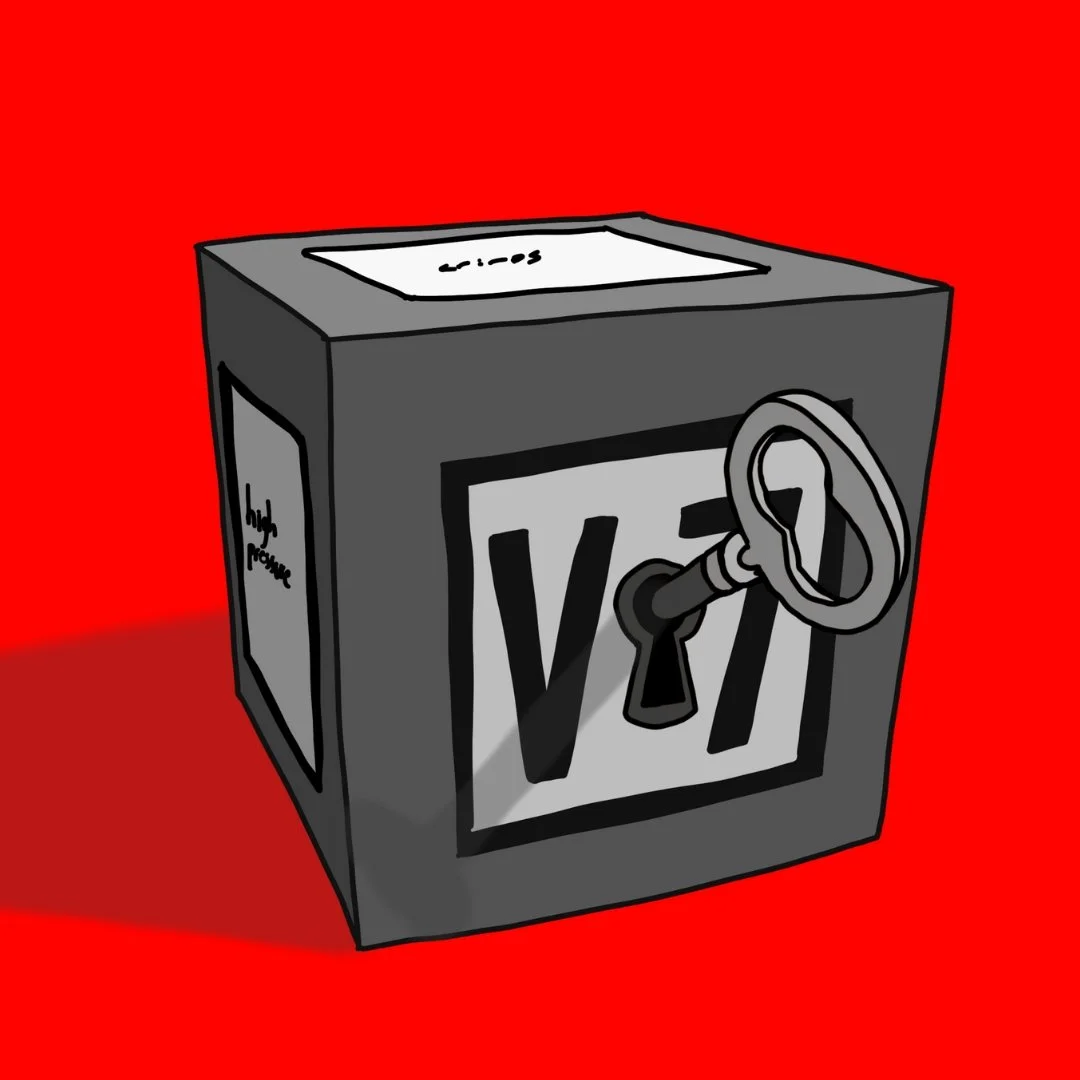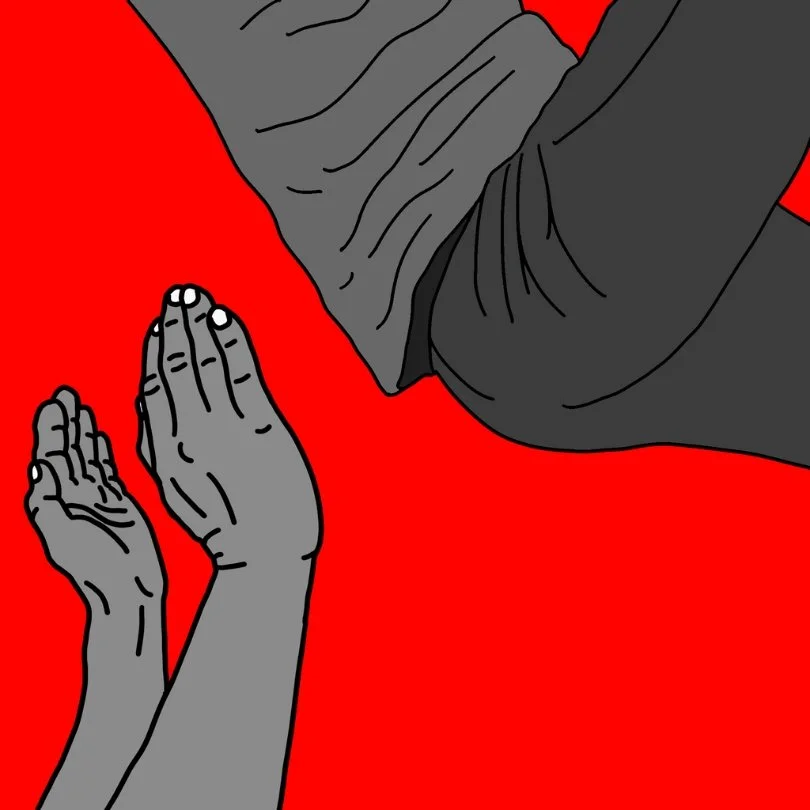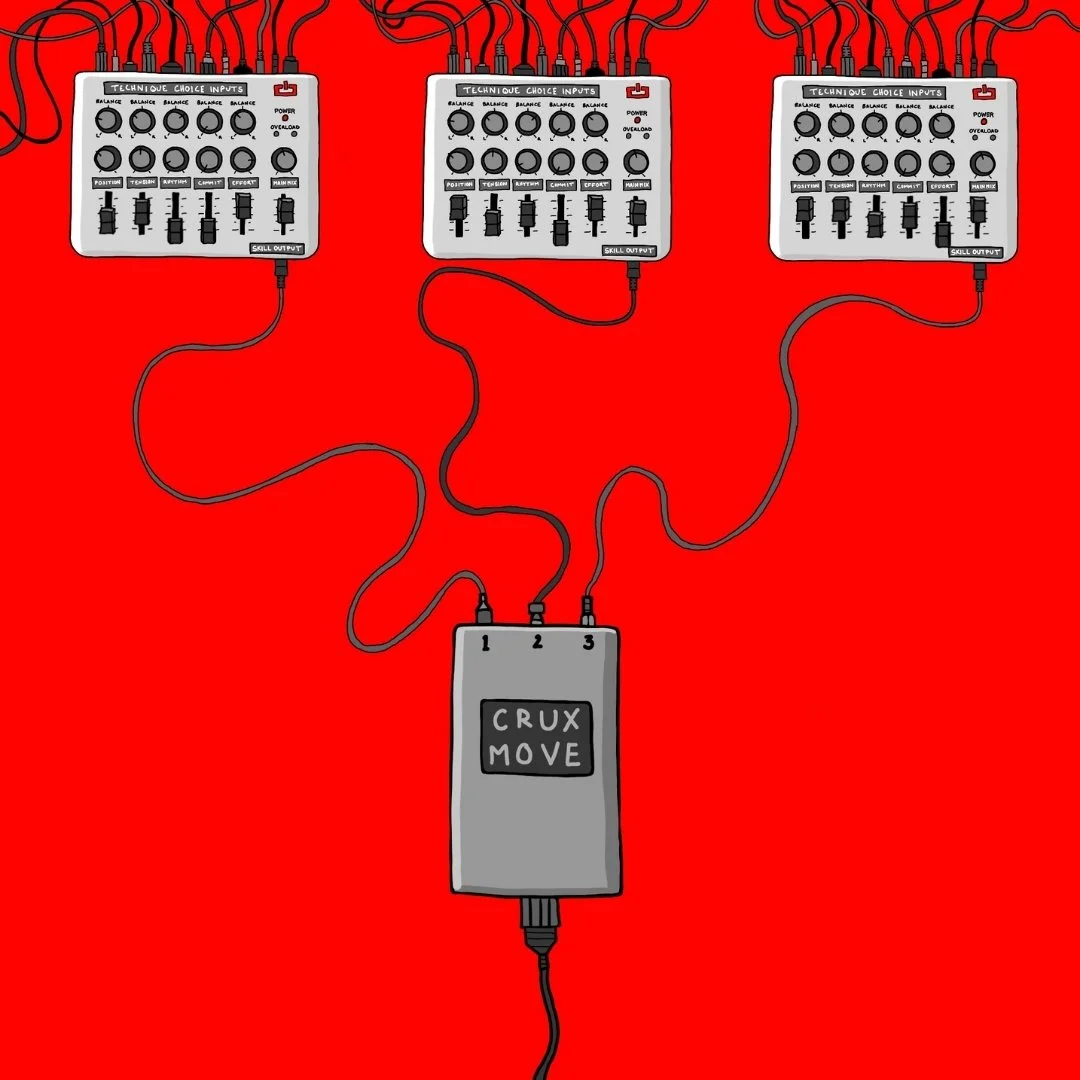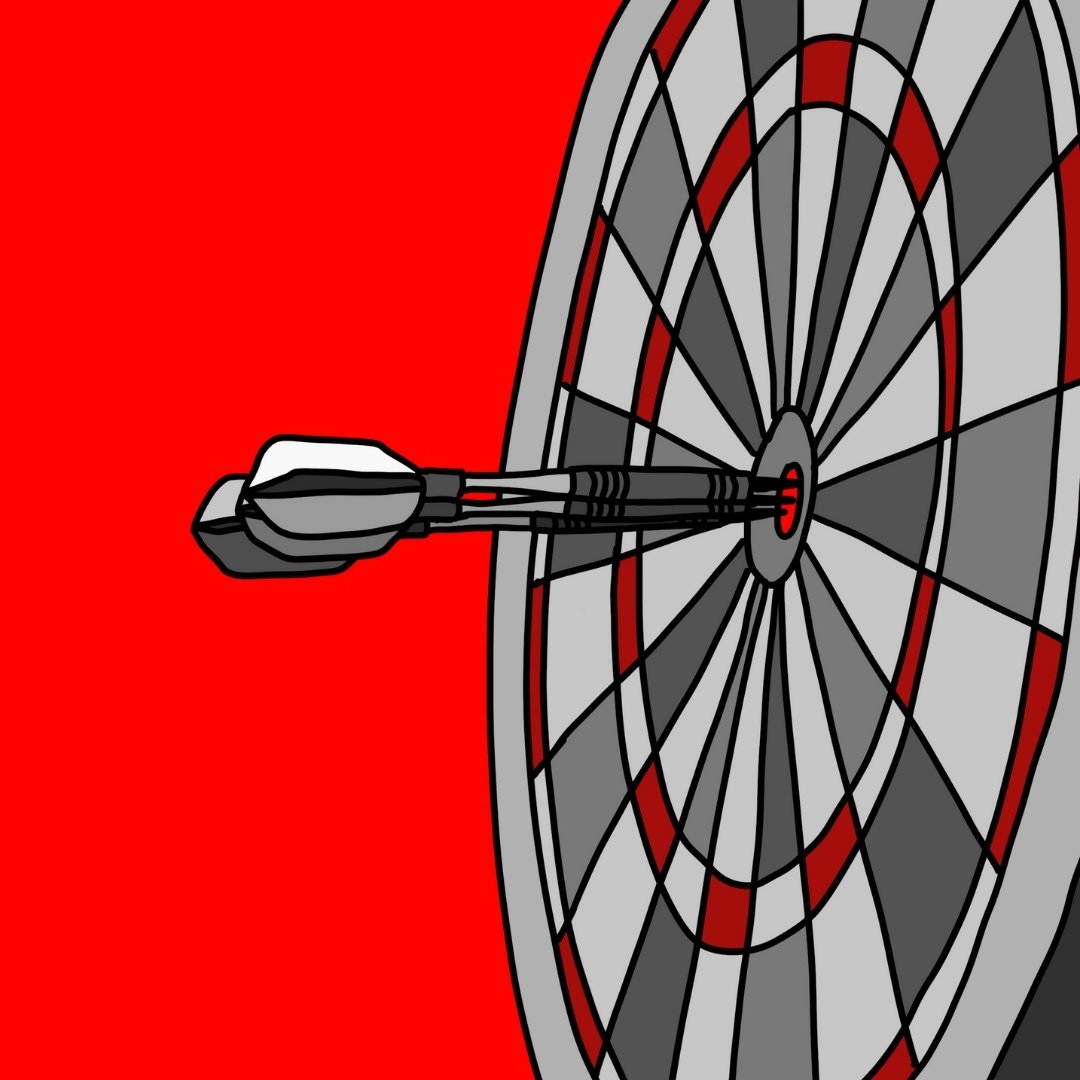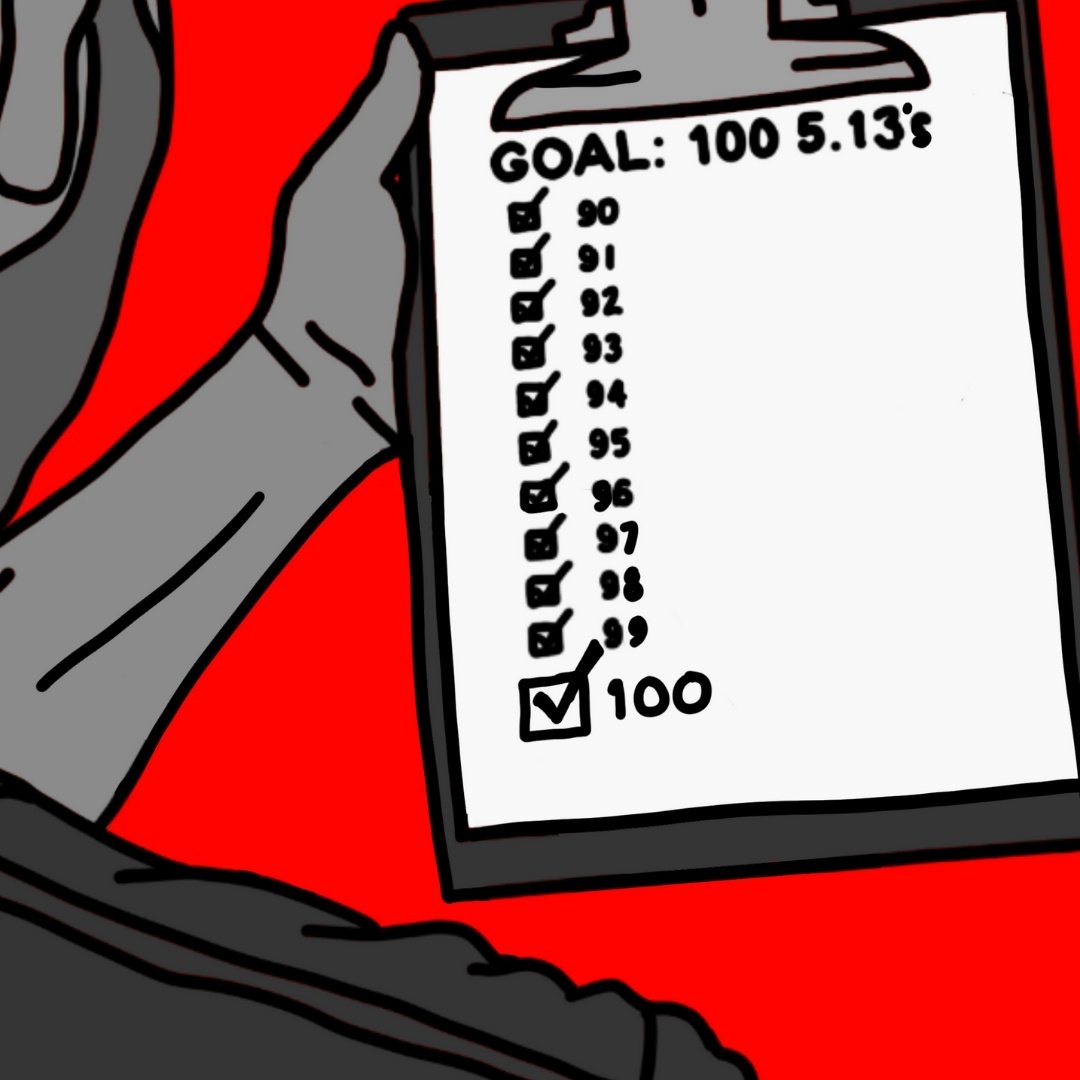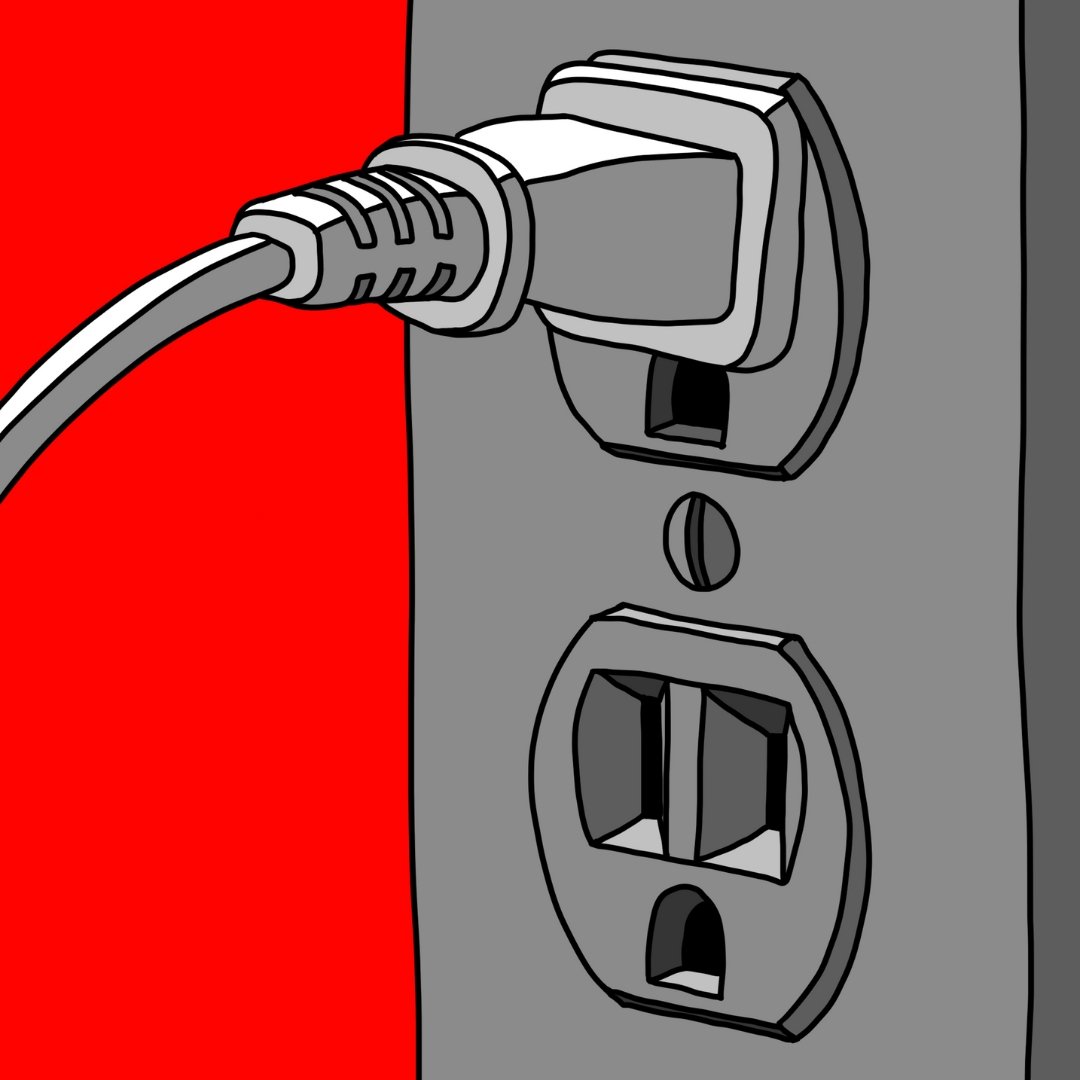Are Your Intentions Good?
Many years ago I was climbing on a 13b at The Motherlode in the Red River Gorge called Cut Throat. Just right of Cut Throat is a classic 13a called Snooker, and that day, the lineup for Snooker was three or four people deep. A friend of mine walked over and pleaded with the people in line to allow him to jump in front. He said he was likely going to redpoint and had to leave soon, and even though he lived close enough for an easy day-trip, he was laying it on thick.
They let him cut in front of the line.
He got on, solidly climbed through the crux and arrived at the jug rest just below a little roof and a bit of a redpoint crux.
And then he said, “Take!”
WHAT?!? First off, you can’t take at a rest on a redpoint attempt. Second, you can’t cut in line and then take. You just don’t do it.
But he did. And it’s because he hadn’t clearly defined his intention.
My exploration of goals, to be honest, has been somewhat sidetracked by putting time into turning my popular REMIX: Effort podcast episode into a video (and along with it, building a free “Try Harder Toolkit” that will help climbers sort out the pre-performance routines and triggers that can improve their effort). I’m hoping to have all of that finished by the end of this month, but no promises.
Anyway, now that the Effort video has sidetracked me yet again…
Through the course of this exploration of goals, I’ve realized that some of the concepts that were coming up while writing Adapt were more backed by science than I expected. Particularly my use of long-term, short-term, and what I was calling “immediate” goals. It’s a well-known goal hierarchy, but I now think that if we relabel the immediate goal as an “intention,” then we might have an easier time not just leaving it on the ground when we are forced to confront something uncomfortable on the wall.
Which brings us back to my friend, who we’ll call Andrew (because that’s actually his name, but pretend you don’t know that). I assume his goal was to send, but that isn’t enough. That was a short-term goal that had become an immediate goal… sort of. Because there’s still a lot of work to do before you can check that box.
These short-term-turned-immediate goals might just pull us out of the process if we aren’t careful. They inherently put the focus on the outcome. While I will always preach the importance of valuing the outcome, I also recognize that remaining in the process is necessary.
And I recently came across a tool that might help: “Implementation Intentions.”
Also known as an “If-Then Intention,” these intentions come with a baked-in process cue that, when combined with a quick interrogation of what the biggest roadblock to your immediate goal is, can keep you rooted firmly in the process for longer.
Let’s take a look at how it might work:
I imagine that Andrew’s intention before he left the ground with a line of climbers waiting patiently behind him was something like:
“I’m going to try to send.”
Or maybe we give him the benefit of the doubt and assume he realized there was still a chance he’d fall at the crux, in which case he might have thought:
“If I get through the crux and to that jug rest, then I’m going to try to send.”
And that’s ok. It gives you a sort of on-route cue to reinforce your intention – to keep going to the top. But it’s not great. Sending is the outcome, but there’s still a redpoint crux and several bolts of not trivial climbing to contend with. You can’t skip steps and still reach the same outcome. It might be better to say:
“If I get through the crux and to that jug rest, then I’m going to try my hardest.”
This gives you the on-route trigger, but also gives you something to control afterward – your effort level. Now you can stay in the process for longer.
However, the research indicates that the more specific the if-then intention, the better, usually. So likely even better is something like:
“If I get through the crux and to that jug rest, then I’m going to try my hardest to climb well and stay on the wall.”
Now you have the on-route trigger and a directive for afterward. But we can take it one step further. If we imagine what it is that might cause us to react by taking, then we’ll have a better idea of how to construct the intention. In this case, the big roadblock was going to be the pump, or more precisely, how we respond to that pump.
In which case, Andrew’s chances would have soared had he left the ground saying:
“If I get to that jug rest, no matter how pumped I am, then I’m going to try my hardest to climb well and stay on the wall.”
The fatigue at that rest stance wouldn’t have gotten to him the way it did because he was already acknowledging and anticipating the fight he might have.
Instead, he had set himself up with the expectation of a quick send. And so when he arrived at the rest stance feeling worse than expected, he bailed.
Research has shown, time and time again, that physical fatigue greatly reduces our cognitive abilities. We don’t want to spend time and energy up there reasoning with ourselves and doing the mental gymnastics it might require to not just take when the send feels miles away. Instead, once you’ve gotten through the crux and to that jug, even though the pump is real, you can have your response ready to go.
“I’m going to try my hardest to climb well and stay on the wall.”
This can be applied to the hardest single moves on the shortest boulders as well. Let’s say it’s a hard boulder with a low-percentage, really precise two-move sequence. We might be tempted to say “I’m just going to try hard,” or the time and battle tested “Grip it and rip it,” which again, MIGHT work.
But if you apply the same rules:
Stay focused on the process while on the way to the outcome.
Recognize the limiting factor and anticipate it.
Give yourself a trigger moment and then a controllable action.
…then maybe it’s more like:
“If I hit that first hold, no matter how poorly I have it, then I’m just going to put all of my effort into making it work.”
Now, the usual “Oh, I just didn’t have it right,” drop-off excuse has been cut off at the pass. By using an if-then intention, most of the time, you’re giving yourself a much greater chance.
And really, that’s what we all want:
A chance.
An Intention Turbo-Boost?
I’ve always been a proponent of putting my goals out there, despite a widely publicized 2009 study that suggested sharing our goals could be counterproductive. I’m also a fan of telling your belayer your intentions every time you tie in. Or your spotters before you leave the ground.
But if intentions are goals, does that 2009 study contradict my idea?
Well, a 2019 study from Ohio State determined that you’re actually MORE likely to reach your goals if you share them with someone important. Someone whose opinion you value or whom you hold in high regard.
You know who is important to me? My belayer. My spotters. The people who are both helping to keep me safe and can hold me accountable right now.
See you all in a month or so. Maybe with a “Try Harder Toolkit” ready and a “Goals Toolkit” in the making.
– Kris
Related Things to Stay Current:
I’ve been purposely neglecting the podcast while I focused on learning YouTube. Now that I have a better handle on what I can and cannot commit to, we’ll be posting on the pod again. New episodes, as well as audio versions of our YouTube videos for the pod people.
We followed our best month on YouTube with an even better month. Thanks to all of you who are watching!
The parenting and climbing docuseries that I will be featured in, Hand Holds, has started rolling out, beginning with Beth Rodden. Watch that episode HERE and keep an eye out for my episode coming soon. Also, if you haven’t already, be sure to check out my podcast episode with the series’ creator Allyson Gunsallus HERE.
Don’t forget! If you aren’t on the email list for THE CURRENT, you won’t get the email next month. Make sure you’re subscribed HERE.



